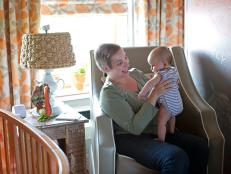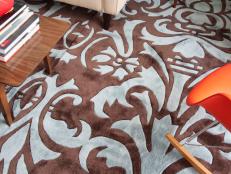What Exactly Is a Granny Pod?
In the world of home improvement, we tend to focus on the here and the now. Styles. Trends. Must-haves. But there’s a less exciting design element many homeowners don't think about: aging. At some point, most of us will have the responsibility of caring for an older parent or loved one. And yet most families don’t have a plan for senior housing and elder care. And the cost alone for traditional senior housing can be a serious shock for those unprepared. So, people are getting creative and building accessible, affordable senior housing in their own backyard.
Meet the Granny Pod. These little buildings are keeping relatives close to home and close to care without breaking the bank. And as more cities nationwide relax building codes, you’ll be seeing a lot more of them. Whether you’re weighing options for elder care right now or thinking about investments for the future, here’s everything you need to know about the granny pod trend.








